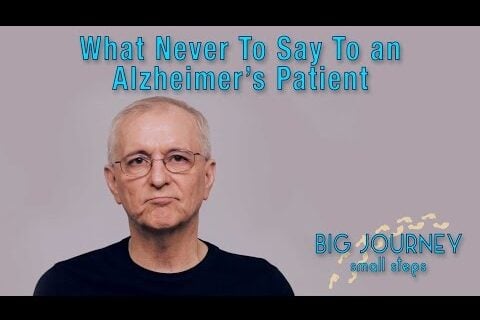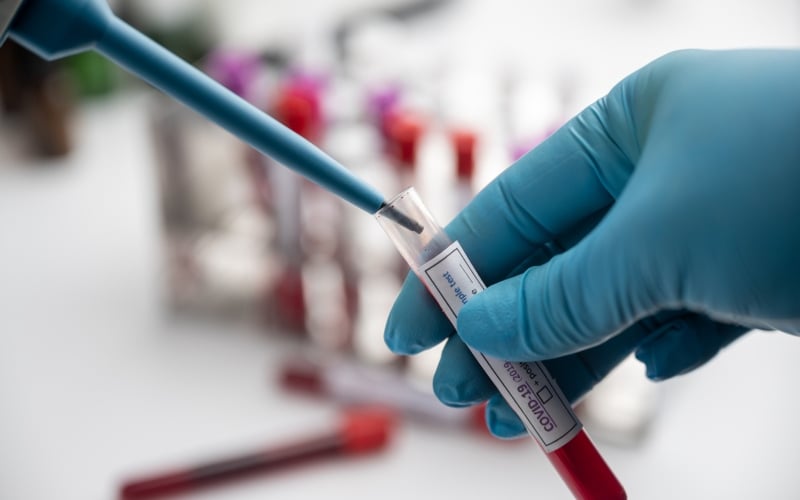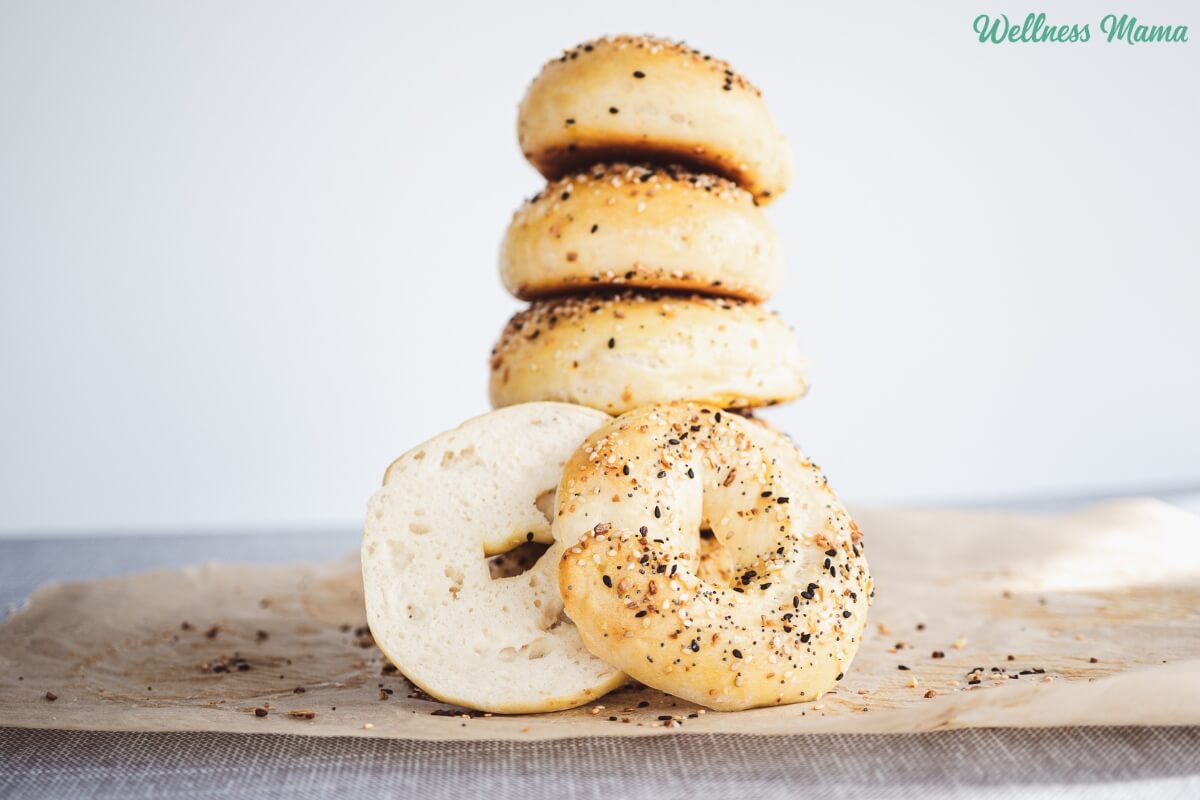There is a recent report on suicide by the CDC, Suicide Deaths in the United States Overall and By Select Demographic Characteristics, 2021-2022, where “provisional deaths in 2022 was 49,449, up from 48,183 final deaths in 2021.”
Why do suicidal thoughts take root? What situations make them spike? Why do thoughts sometimes lead to action? What are the chances for control or to discard those thoughts? What do some suicidal thoughts result in suddenness for action? Why are some cumulative?
It is postulated that the human mind is the collection of all the electrical and chemical impulses of nerve cells, with the features, interactions, loops and arrays.
It is the mind that produces thoughts, or all thoughts are mechanized by electrical and chemical impulses. These impulses are in pockets or loops within which they interact. It is where they have their features and what informs their arrays.
All thoughts are produced in various loops, arranged in certain orders. Normal thoughts are shaped by loops then by their arrangement. When there are repetitive thoughts, or intrusive thoughts, or there is heaviness and so forth, they are a result of problems with loops as well as with arrays.
Whenever there is an external situation, it becomes a sensory input, which in brain science is established to be integrated in the thalamus and olfactory bulb [for smell]. After integration, there is relay to other parts of the brain for interpretation, mostly in the cerebral cortex. This interpretation is often at the primary and associative sensory areas, as well as at the prefrontal cortex.
It is theorized here that the thalamus, olfactory bulb and cerebral cortex all have loops of impulses for their functions, passing off the output of loops in the array. Simply, wherever there is a localized cluster of neurons, or nucleus, for functions, it is hypothesized that they have loops of impulses, where interactions are made to define the function. These loops then distribute what they have to some other loops in the array, for continuity.
The sight of a chair gets to the primary visual cortex, then to the visual association areas and then to the prefrontal cortex, exceeding the sight or interpretation, to something that can be in cognitive processing. It may also involve other areas, for emotion, depending on the situation with the chair in that moment.
Features of impulses include early-splits or go-before, pre-/prioritization, sequences, stairs or drifts and principal spot. Stairs or drifts are the most important, where they determine the formation, that specifies what that loop does. For example, an exact smell could be a certain combination or ration of chemical impulses within that loop, which then passes on to others.
Suicidal thoughts are anomalies of these features, their interactions or arrays. They are mostly due to two factors, increased prioritization and the principal spot. What that means is that some loops get prioritized more often than others, which could be loops about death as an option against a situation. Rather than have a healthy interchange between pre-prioritization and prioritization of several other loops, since only one is often prioritized in the moment, there is a high frequency of return of prioritization to that loop or a few in its array, including the one for prompts. Prioritization is determined by shape rotation or changes for a loop, without affecting its formation.
There is also the principal spot, where the dimension or the position of the loop in the array could have a sharp spike or dip, in a way that changes the scaffolding loops, to interact with just that one, resulting in heaviness or drags to others, where for example, anxiety may result in physical outcomes.
There could be reasons for this, since it should have been expected that the reversals would be quicker, but their stays then prompt may become problematic.
Exposing how the loops of impulses present the pathophysiology of suicide could be a way to prevent its grip.
—
iStock image
The post Brain Science—Suicide Pathophysiology: The Situation. Thoughts. Prevention appeared first on The Good Men Project.
Original Article










